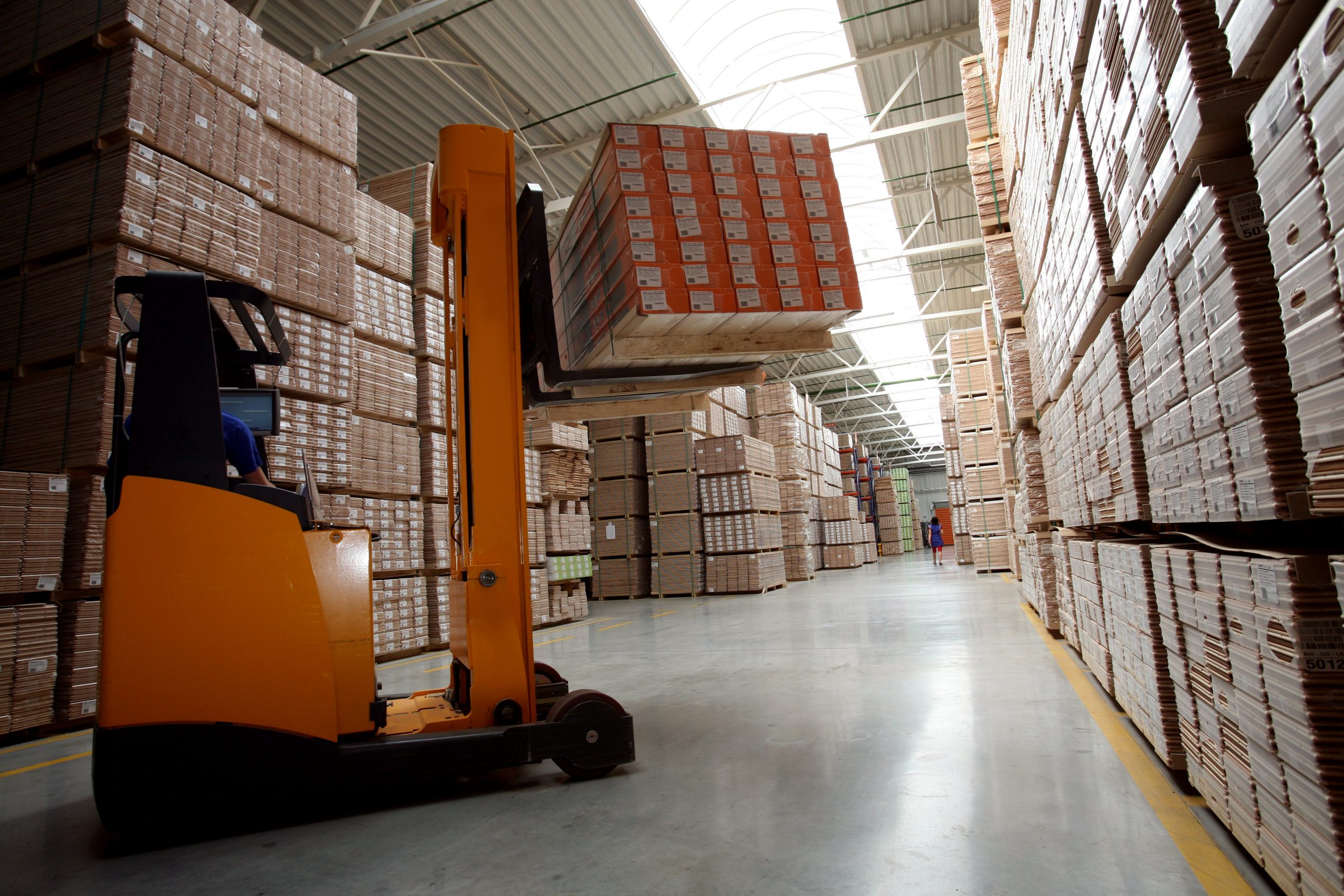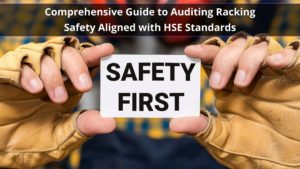
Warehouse safety is a complete system which requires pallet racking Inspection safety as well as mechanical handling safety in order to function.
A safe warehouse is like a well-oiled machine. This means that every part needs to work safely and efficiently with every other part. You cannot ignore other elements of warehouse safety and you cannot view one aspect of warehouse safety in isolation. It’s for this reason that it is vital to know about how pallet racking safety interacts with mechanical handling safety.
However, before that happens, it’s important to define terms.
What Is Pallet Racking Safety?
Pallet racking safety consists of all the procedures, whether those are legal requirements from HSE or recommendations from SEMA, which are concerned with making pallet racking safer.
These procedures include proper installation, proper use, regular inspections from an outside expert, regular inspections from staff members, and rack inspection training to make sure that staff members can perform these internal inspections. As well as all that, warehouse owners are require to repair and/or replace a racking system when necessary.
What Is Mechanical Handling Safety?
Industrial trucks, tractors, forklifts, conveyors; mechanical handling refers to moving anything around warehouse using any of these pieces of technology. Mechanical handling safety refers to all the procedures outlined by HSE, both in HSG76 and in LOLER 1998, which are concerned with making mechanical handling safer.
These procedures vary depending on the type of mechanical handling equipment you’re referring to. As with racking, most equipment requires inspection and users should never exceed the recommended guidelines. What’s more, it’s vital to make sure that you are using equipment which is clear for usage in the EU. This is true of health and safety in general. However, with mechanical equipment being used in a confined space in combination with other mechanical equipment, it’s especially important.
When Should You Consider Mechanical Handling Safety & Racking Safety Together?
Ideally, you should consider the two kinds of safety together at all times. However, because the two disciplines are often separated by different professions (a SEMA approved racking inspector, for example, is not qualified to inspect a forklift truck) it can be difficult to think of the two safety protocols alongside each other. Still, don’t feel too bad; a lot of research suggests that all humans are terrible at multitasking.
Yet, with our handy ‘cheat sheet’, you won’t need to multitask. You can focus on table to know exactly what HSE recommends you do when these two different safety disciplines interact:
| # | Situation | Racking Safety Considerations | Mechanical Handling Safety Considerations |
| 1 | Driving an industrial truck, lift truck, or tow tractor in bad light. | You might crash or bump into your storage system, damaging your racking. If so, your system would require an immediate inspection from a SEMA approved racking inspector and be immediately offloaded. | Be sure to add lights to your truck or tractor as a precaution for if you ever happen to be driving it in bad light. Better yet, improve the overall lighting of the warehouse. |
| 2 | Driving an industrial truck, lift truck, or tow tractor through an aisle with racking systems either side. | The narrow space could damage your racking systems. However, the issues to consider here are likely to be unique to your warehouse. As such, HSE recommends “site-specific control measures” which, in turn, means a risk assessment. | The narrow space could damage your vehicle. Once again, you will need “site-specific control measures” to tackle this particular issue. |
| 3 | Driving an industrial truck, lift truck, or tow tractor over an uneven floor. | An uneven floor could cause you to temporarily lose control and crash or bump into your storage system. If that does happen, the same advice from #1 follows. | Never use a vehicle if the unevenness of the floor exceeds the recommendations of the manufacturer. Perform regular checks of the floor for unevenness. |
| 4 | Using a truck to lift storage onto a racking system. | As before, there are the usual concerns with damaging the racking system, but it’s also important the racking system isn’t overloaded. Follow the manufacturer’s instructions in this case. | Be sure to lower the load onto the racking system as soon as the load is clear of the racking. Don’t create unnecessary risk by lifting the load higher than needed. Also, be sure to make sure that anyone operating the truck keeps constant, two-handed control of the vehicle to prevent any possibility that they might get trapped in between the vehicle and the storage system. |
Rack Inspection Training: You Can Never Be Too Safe
Our rack inspection training course covers the many, many aspects of racking inspection safety and how they interact with the rest of the warehouse. A racking inspection training course is a great way for staff members to learn about warehouse safety as a whole discipline, rather than simply one particular aspect of it.
Rack inspection training course is the perfect way to piece together all of the individual parts safely into one complex discipline.





